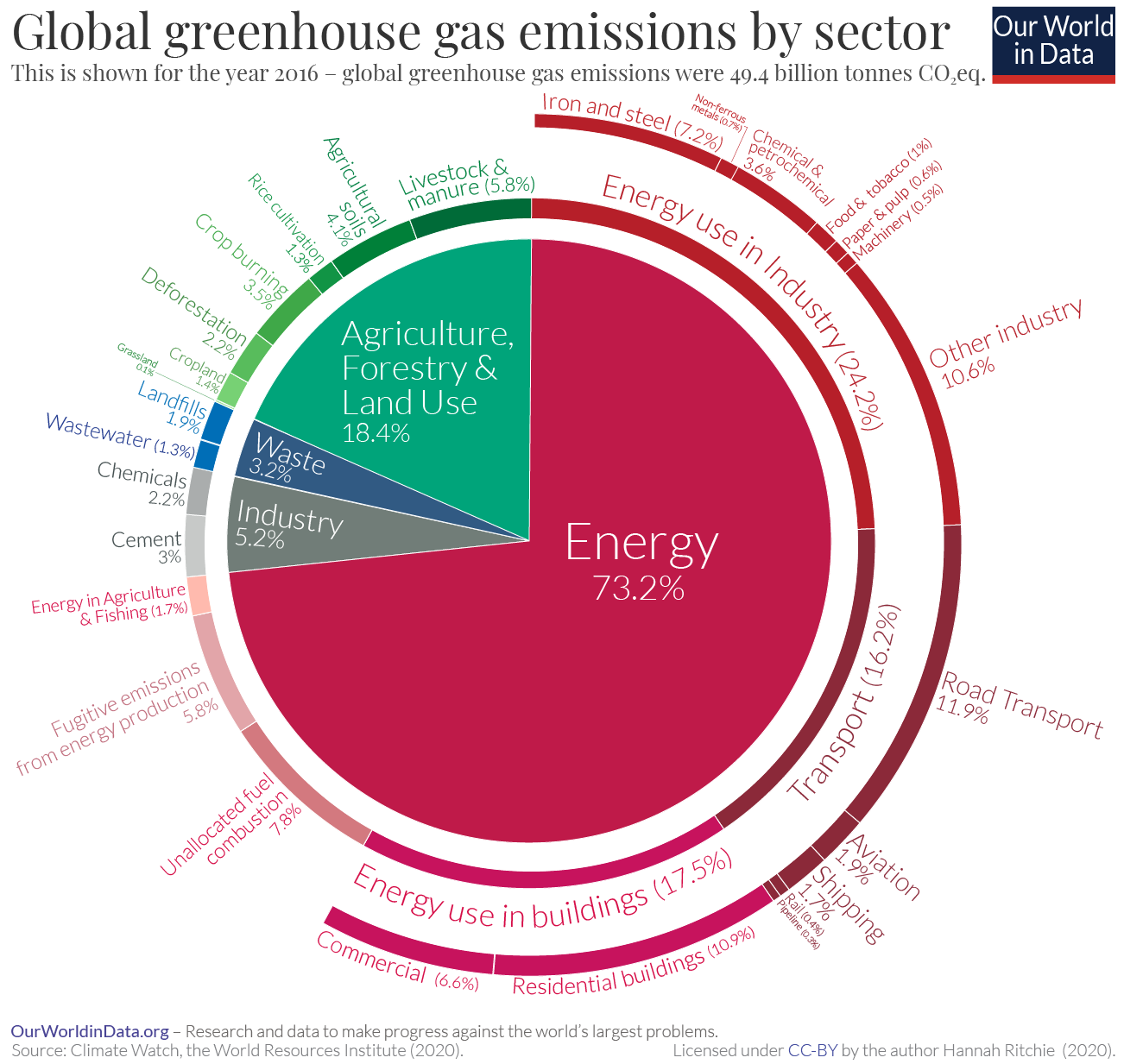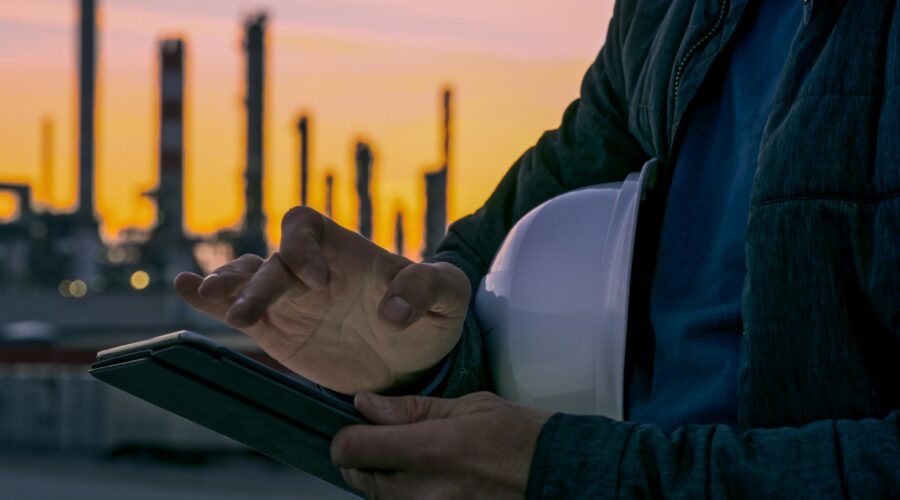Europe’s New Carbon Pricing System ‘Will Change the World’
Beginning October 1, European Union importers will be required to report on the amount of carbon emissions embedded in their products. Beginning in January 2026, they will have to begin paying for that carbon. (See where carbon emissions are skyrocketing in America.)
The EU’s Carbon Border Adjustment Mechanism (CBAM) is the first of its kind and was adopted to level the playing field for EU companies that currently pay for their carbon emissions while competing with producers from countries where carbon emissions are free. CBAM represents a tectonic shift in how products move around the globe and is likely to put more pressure on other countries to adopt similar carbon-cutting programs.
Energy industry consultants at Wood Mackenzie believe that CBAM “will change the world [and] establish carbon as a new cost factor in international trade.” And not a small one, either. Under the EU’s emissions trading systems (ETS), a metric ton (tonne) of carbon has traded for more than $100 per tonne of carbon dioxide equivalent (CO2e) for most of this year. The global average for the year is closer to $25.
By definition, embedded emissions are equal to the sum of all greenhouse gas emissions required to bring a product to market. These include extracting and processing raw materials, manufacturing, and transporting the final product to a customer. Six product sectors are set to be covered in the initial implementation: electricity, hydrogen, cement, fertilizer, aluminum, and iron & steel. Beginning next month, exporters of these products must begin reported the embedded carbon emissions or face fines of up to $50 per tonne of CO2e. The export fee, less any carbon fees paid in the country of a product’s origin, goes into effect in January 2026 and ramps to its full level by 2034.
Wood Mackenzie illustrates the impact of CBAM on iron and steel producers. Both consume large amounts of energy and emit large amounts of CO2. Together, iron and steel account for about 4% of all EU imports and almost 6% of all its emissions.
For EU steelmakers, once the fee kicks in, steel production will get more expensive due to CBAM and the phase-out of the EU’s free emission allowances by 2034.
From Wood Mackenzie’s report:
[We estimate] that by the end of the phase-in period [2034], the cost of the CBAM for some of the key exporters to the EU could exceed US$275/tonne of finished steel. For reference, in 2022, the average import price of steel products covered by the CBAM was around US$1,450/tonne. The CBAM fees could increase the cost of delivered steel to the EU by about 56% for India and about 49% for China in 2034.
And that is just the beginning. Between now and 2030, CBAM will be expanded to cover nine other sectors: oil refining, upstream (fuel combustion), all metals, pulp and paper, glass and ceramic, acids and organic chemicals, aviation, maritime, and lime.
The following graphic shows global greenhouse gas contributions by source (73% is produced by energy use) and sector (e.g., industry generates 24.2% of energy-related GHGs). The other two sectors contributing to massive tonnage of GHGs are energy use in buildings (17.5%) and transport (16.2%). The chart data reflects 2020 totals.

As with so much regulation, there are good and bad effects from the costs producers will incur from CBAM. Finished goods will cost more, and consumers will have to pay those costs.
Countries that export goods and materials to the EU may be forced to initiate their own carbon pricing scheme in order to retain at least some of the revenue that would flow to the EU. That may raise the cost of carbon by a significant amount. Wood Mackenzie expects a price of around $150 per tonne in the EU. That may be too low.
Sponsored: Tips for Investing
A financial advisor can help you understand the advantages and disadvantages of investment properties. Finding a qualified financial advisor doesn’t have to be hard. SmartAsset’s free tool matches you with up to three financial advisors who serve your area, and you can interview your advisor matches at no cost to decide which one is right for you. If you’re ready to find an advisor who can help you achieve your financial goals, get started now.
Investing in real estate can diversify your portfolio. But expanding your horizons may add additional costs. If you’re an investor looking to minimize expenses, consider checking out online brokerages. They often offer low investment fees, helping you maximize your profit.
Source: Read Full Article

